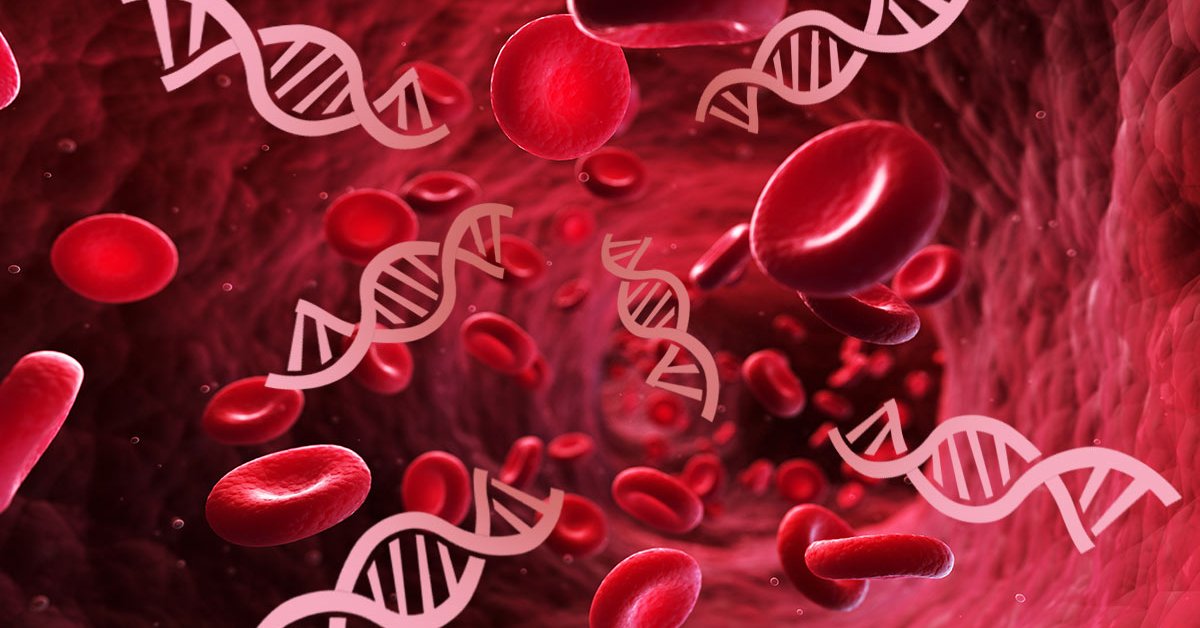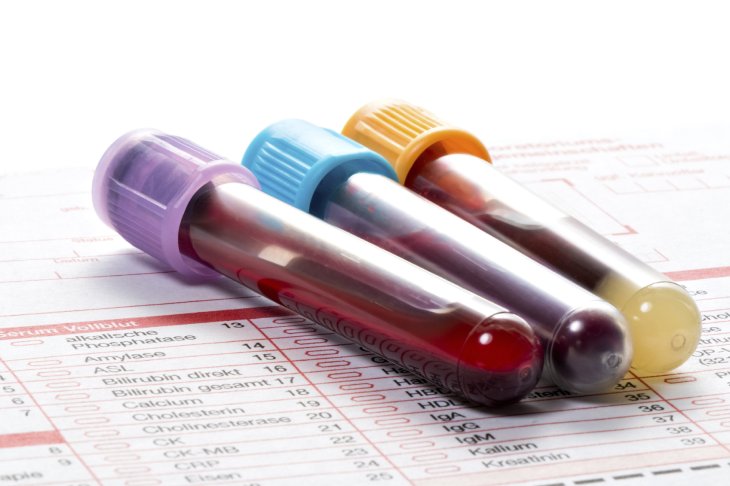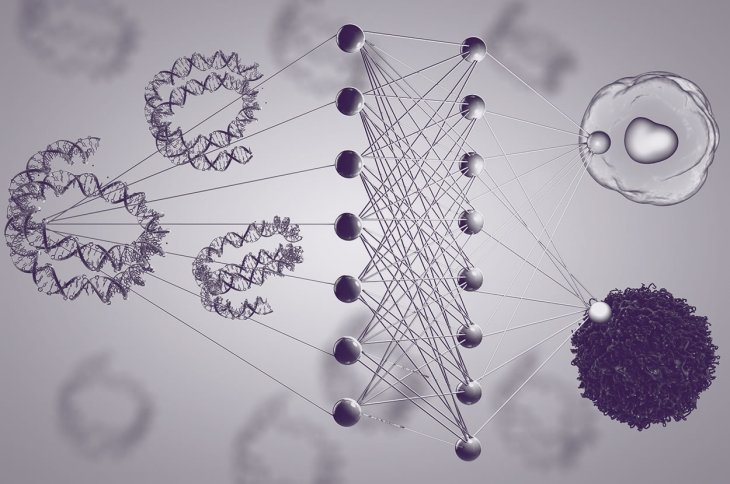Detecting Cancer In 10 Minutes – Could It Be Possible?
Aadhya Khatri - Feb 25, 2019

Pioneering methods are being developed to find traces of tumors quickly in small blood samples. Scientists are working on both blood and breath tests to realize this ambition.
- Scientists “Teleport” Gold Nanoparticles Into Cancer Cells To Destroy Them
- Three Renowned Indian Institutes Developed A More Effective Cancer Treatment
- This Portable Device From IIT Mandi Uses AI To Detect Cervical Cancer More Accurately
When Illumina was running tests on 125,000 blood sample of would-be mothers expecting to find signs of potential disorders in their fetuses, they encountered something unexpected. They discovered unusual DNA in 10 cases, but it was not from the babies but the mothers themselves, indicating unaware cancer. The cases were later confirmed that they did have cancer.
Illumina founded Grail three years ago and appointed Alex Aravanis as the chief scientific officer. This newer company’s ultimate goal is to find a way to detect cancer at early stages when they can still be cured via a simple blood test, which is to find tumor-derived fragmented DNA (ctDNA) in cell-free plasma.

At the moment, all we can do is to diagnose for breast, lung, and colon cancer but doctors can only confirm when symptoms already appear. This blood test may not be the only way to detect the disease, but it has the edge over other methods in the way that it requires only blood, which does not need a massive invasion into the body to gather.
Recent years have seen scientists turning to ctDNA as a more viable indication of cancer as DNA sequencing technologies are showing development. Other biomarkers also have the potential to be used, but since ctDNA has a closer correlation to tumors, it proves to be a better subject for detecting cancers when patients have been far along with the disease.
However, finding out about tumors when they a still small is another story. When they have not reached a certain size, the amount of ctDNA is too little to be detected. Illumina’s test found out about these pregnant women’s cancer when they have reached an advanced stage.
While a similar test has already been available for colon cancer, what Grail envisions is much bigger. It wants to create a test that costs less than $500, and people can take it every year when they are older than a certain age. The test it has in mind can detect a large number of different types of cancer accurately.

In 2017, there was a merger between Grail and Cirina, a company of Dennis Lo, the pioneer in creating the NIPT (short for non-invasive prenatal testing) and work their way to make a test that can detect cancer at an early stage. Competing with Grail in the same race is Guardant Health, a Silicon Valley-based company. It is currently developing tests for lung, ovarian, breast, and colorectal cancer detection.
Approaches may vary among these companies, but they all take ctDNA as the main subject. Both Grail and Guardant look at cell-free DNA to identify mutations, epigenetic changes, and rises in genes or chromosomes’ number. While Guardant makes use of all three, Grail focuses on only one but has not revealed which. CancerSEEK, a test developed by scientists at John Hopkins University, on the other hand, tries to detect the rise in mutations and protein markers as the sign of certain types of cancer.
So far, Grail has achieved an accuracy rate of 80% to 47% for 9 types of cancer and for the breast variety, this figure is 56% to 11% on different types. According to Aravanis, the false alarm ratio is 2%, and it has the potential to go down to just 1%.
This number from CancerSEEK is 98% and 33% for ovarian cancer and breast cancer respectively and 1% of false positive ratio.
71% of cases for lung cancer and 67% for colorectal cancer with the false alarm ratio of 2% are the results of Guardant. Methylscape from University of Queensland’s figure is 90%, but its false positive rate is 5-time higher than that of Guardant.
Despite the massive breakthrough these companies are announcing, their results are not without doubts. With the case of Theranos and its CEO under fire for an accusation of fraud by SEC, Eleftherios Diamandis, a professor at the University of Toronto has his own reasons to question their blood tests.

To prove his point in this matter, Diamandis and Clare Fiala published their work revealing that to be able to detect ctDNA, the tumors need to reach about 1 cm in diameter. The chance of having ctDNA from tumor smaller than that size in 10ml of blood is rather slim. While this issue can be solved by collecting a larger amount of blood, it is still an obstacle.
Bottom line, according to Diamandis, the seemingly good results are from people who have already been confirmed of having cancer, but when these methods are used on the general mass, the results may not be so positive.
In answer, these firms said that they would conduct tests on groups of people who have not yet been diagnosed with cancer. CancerSEEK plans to conduct a study on 10,000 women throughout 5 years while Grail has two long-lasting studies with the involvement of 100,000 and 50,000 people for them.
The real question here is when such test that can be conducted once a year can be brought to practical application. From what we know, we may have to wait for at least 5 more years to have more information on their viability. Even if the process shows positive signs, we must wait for some more time for regulator and economists to consider the tests’ potential.
A blood test sounds easy and less invasive enough already but companies like Owlstone Medical is working on something even easier to collect samples, which is our breath. They believe that there are compounds in the air we exhale that can show signs of cancer.

The company is working with NHS to test its theory of whether we can detect lung cancer via analyzing people’s breath because the air must go through the lung and tumors (if there is any).
It also tests that chance with six other types of cancer, which the compounds may make their way to the breath via blood for example. If the method is proven to be accurate, we may have a reliable way to detect cancer early, even if it will not tell you the specific location of cancer, before the ctDNA is found in the blood.
Featured Stories

Features - Jul 01, 2025
What Are The Fastest Passenger Vehicles Ever Created?

Features - Jun 25, 2025
Japan Hydrogen Breakthrough: Scientists Crack the Clean Energy Code with...

ICT News - Jun 25, 2025
AI Intimidation Tactics: CEOs Turn Flawed Technology Into Employee Fear Machine

Review - Jun 25, 2025
Windows 11 Problems: Is Microsoft's "Best" OS Actually Getting Worse?

Features - Jun 22, 2025
Telegram Founder Pavel Durov Plans to Split $14 Billion Fortune Among 106 Children

ICT News - Jun 22, 2025
Neuralink Telepathy Chip Enables Quadriplegic Rob Greiner to Control Games with...

Features - Jun 21, 2025
This Over $100 Bottle Has Nothing But Fresh Air Inside

Features - Jun 18, 2025
Best Mobile VPN Apps for Gaming 2025: Complete Guide

Features - Jun 18, 2025
A Math Formula Tells Us How Long Everything Will Live

Features - Jun 16, 2025
Comments
Sort by Newest | Popular